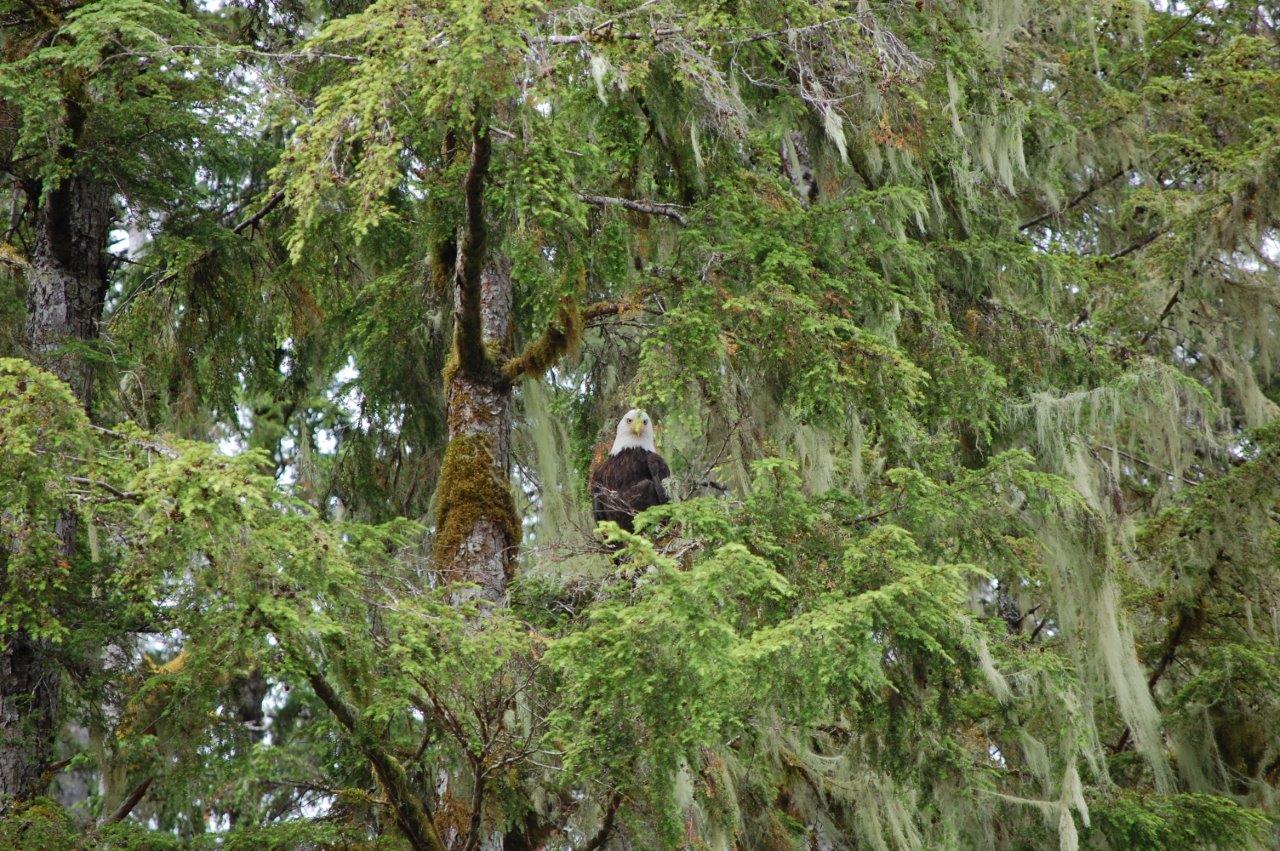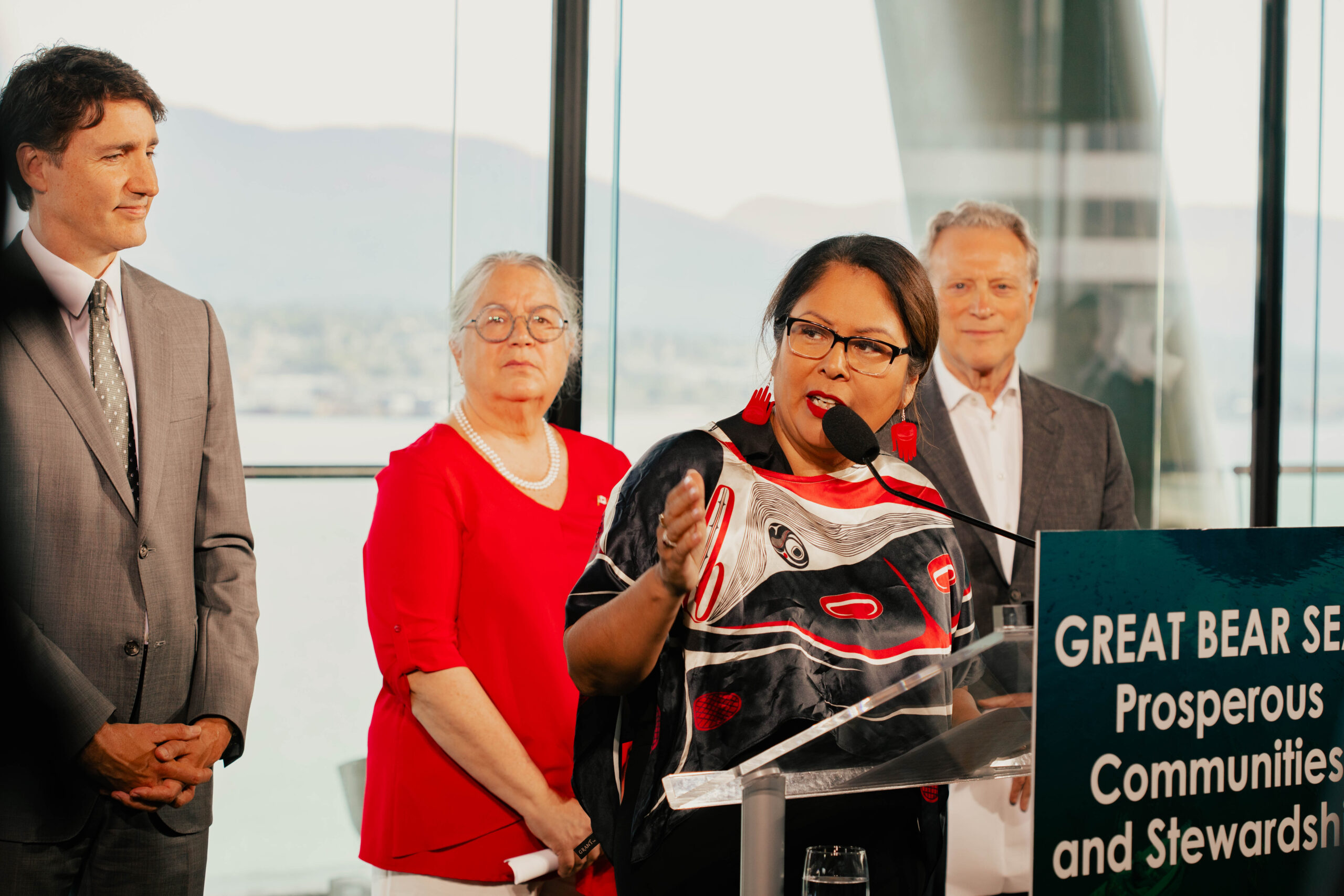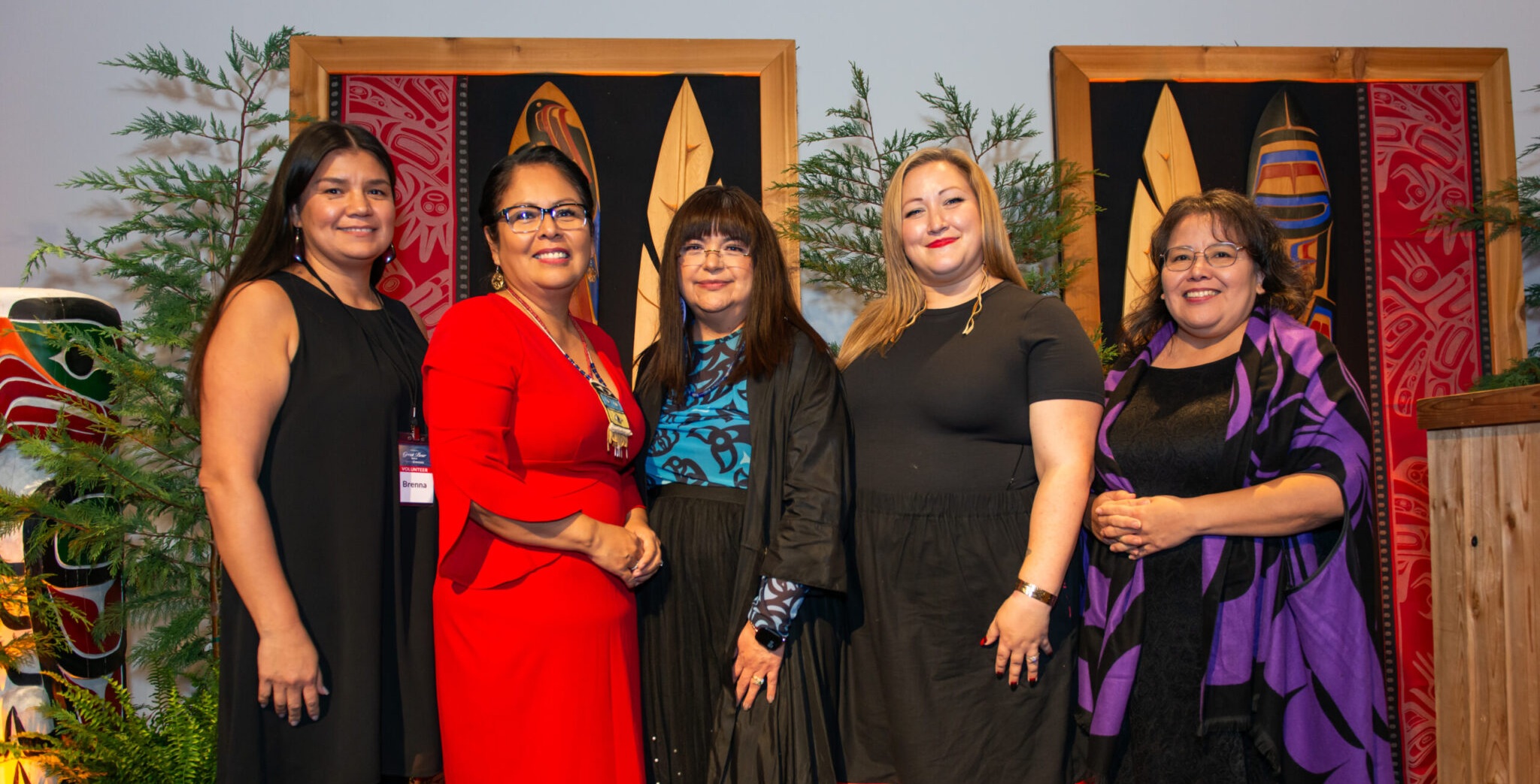The Great Bear Carbon Credit Corporation is in the process of renewing another five-year agreement with BC’s Climate Investment Branch to sell carbon credits from the Great Bear Rainforest. Sales will provide conservation monies to coastal First Nations communities in the first year. The renewed agreement will protect forests for the future and ensure continued funding for stewardship and community projects in the region.
The Kitasoo/Xai’xais Stewardship Authority is an example of how funding from carbon credit sales has helped its office grow from a small staff only a few years ago to 30 employees today. “It’s helped a lot in our work,” says Stewardship Director Doug Neasloss. “We’re able to take that money and reinvest it back into stewardship of our territory.”
The Great Bear Carbon Credit Corporation has more than 1-million tonnes of carbon credits to sell every year. That represents more than $40-million in sales over the past decade, with 65 percent of net revenues going back to communities for conservation and 35 percent for human well-being and other projects.
“It’s really important to have a stable source of funds to do this work,” says Neasloss. “We’re making sure we’re driving the science that will inform decision makers in federal, provincial or First Nations governments.”
With 85 percent of the Great Bear Rainforest protected, the Great Bear Forest Carbon Project is one of the largest carbon credit programs in Canada. More than 6-million hectares of coastal temperate rainforest act as lungs for the planet – storing vast amounts of carbon that causes climate change.
Benefit to Communities
In Kitasoo/Xai’Xais territory, funds support six Coastal Guardian Watchmen positions on the land and water that help implement a management plan co-developed by the Nation and BC Parks.
The Guardians monitor heavy-use inlets, including grizzly bear habitat and crab fishing areas. “We used to have a lot of illegal activities up here and now we have zero,” says Neasloss, adding the carbon credit proceeds are reinvested into science and research work to support policy change. The Nation’s seven-year bear study has identified an important new trend in grizzly bear movement from a traditional mainland habitat to the islands.
A creek walker program counts salmon in more than 130 rivers in the territory. And a salmon DNA research project will help identify where salmon are being caught, providing vital information to inform fishing policy. “We want science to do something,” says Neasloss. “We want it to work for our community and see that it’s tied to policy and management change.”
How do carbon credits sales work?
Companies can work to reduce their carbon emissions through greener practices. They can also purchase carbon credits to lower or “offset” emissions they can’t entirely eliminate. For every tonne of carbon a company emits, it can purchase carbon credits that represent the same amount of carbon stored by trees in Great Bear conservation areas. By choosing Great Bear carbon credits, clients – including the provincial government, Harbour Air Seaplanes, Port Metro Vancouver, Vancity Savings and Desjardins Bank – are proudly supporting ecosystem-based conservation of coastal First Nations’ lands and waters.


